Hemoglobin is an iron-rich protein in red blood cells (RBCs), and maintaining hemoglobin concentration is of the utmost importance. The normal hemoglobin range for men is 13.5 to 17.5 gm/dL and 12 to 15.5 gm/dL for women.
What you need to know:
- What functions does hemoglobin perform in our bodies?
- What causes low hemoglobin?
- Symptoms of low hemoglobin
- Which types of foods can help increase hemoglobin levels?
- Tips to increase your hemoglobin levels
What functions does hemoglobin perform in our bodies?
Hemoglobin is vital for carrying oxygen from the lungs to tissues and organs and for transporting carbon dioxide from the tissues back to the lungs.
What causes low hemoglobin?
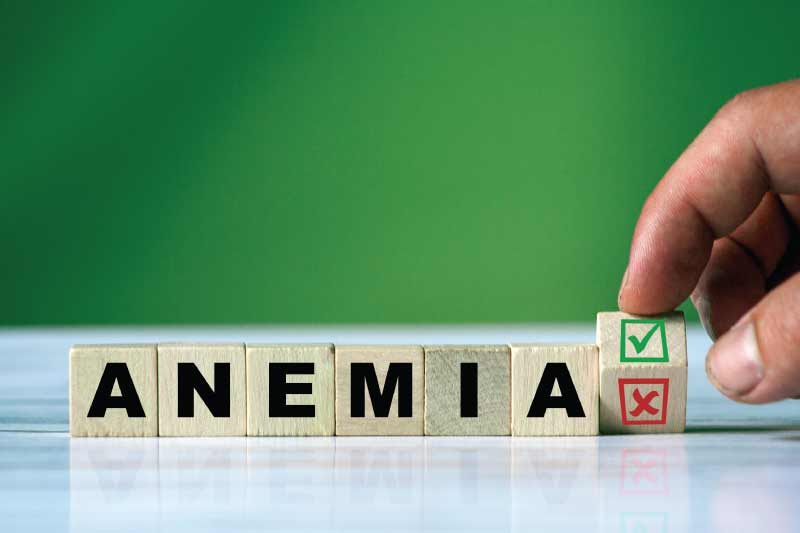
Some common causes of low hemoglobin are:
- Substantial blood loss
- Deficiency in iron, vitamin B, and folate
- Kidney disease
- Hypothyroidism
- Thalassemia
- Lung diseases
- Excessive smoking
Any type of blood loss can cause anemia, including blood loss from surgery, heavy menstrual periods, and bleeding in the gastrointestinal tract.
Symptoms of low hemoglobin
You can detect extremely low hemoglobin levels in your system in several ways. They include
- A fast or irregular heartbeat
- Fatigue
- Frequent or unexplained bruising
- Shortness of breath
- Liver and kidney disease
- Pale skin and gums
- Muscle weakness
- Reoccurring headaches
- Dizziness
- Poor appetite
- Anemia in severe cases
Elevated hemoglobin levels are associated with dehydration, heart failure, and chronic lung disease. In some conditions, the bone marrow may not produce enough RBCs, leading to cancers like leukemia, lymphoma, or tumors that spread from other parts of the body into the bone marrow.
Which types of foods can help increase hemoglobin levels?
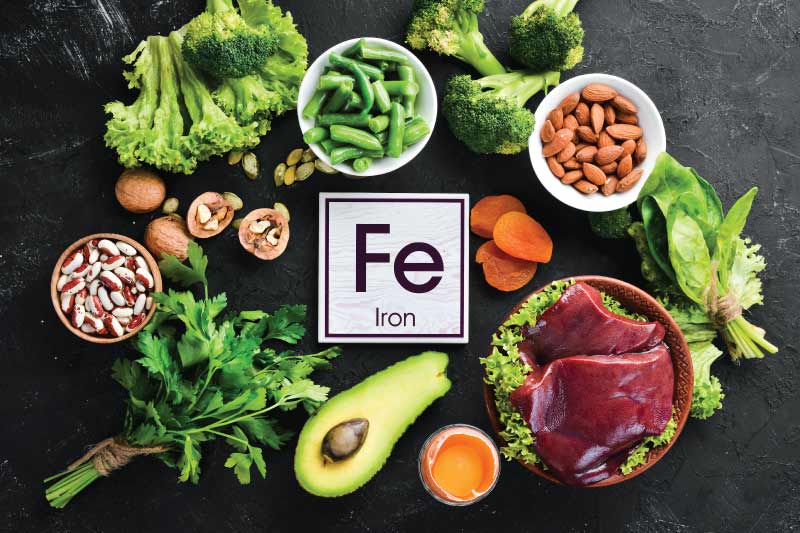
It is essential to boost your food intake to raise your hemoglobin levels. Here are some foods to increase hemoglobin levels:
Iron-rich foods
To increase your hemoglobin levels, consume iron-rich foods like fish, meat, eggs, soy products, broccoli, green leafy vegetables such as spinach, fenugreek leaves, cauliflower, green peas, cabbage, green beans, nuts and seeds, and peanut butter.
Vitamin A
It is pertinent to consume vitamin A and beta-carotene-rich foods to increase hemoglobin as they absorb more iron. Vitamin A is found in animal food sources, such as fish and liver. Beta-carotene is found in red, yellow, and orange fruits and vegetables.
Folate
Folate is a type of Vitamin B that is essential to hemoglobin production. A shortage of folate can prevent the red blood cells from maturing, leading to anemia. Some good sources of folate include beef, rice, black-eyed peas, kidney beans, lettuce, and peanuts.
Foods rich in vitamin C
Combining iron and vitamin C can be beneficial. The latter helps absorb iron. Foods rich in vitamin C include oranges, lemons, strawberries, papaya, bell peppers, broccoli, and tomatoes.
Fruits
It is also perfect to have fruits like beetroot, apple, watermelon, papaya, oranges, litchis, kiwis, strawberries, grapefruit, banana, and peach, which can boost hemoglobin levels. Plus, dry fruits, like dates, can increase the number of erythrocytes, thereby increasing hemoglobin levels. They contain iron, vitamin C, vitamin B complex, and folic acid, which helps form red blood cells. Raisins are also a rich source of iron and copper, which are necessary to form red blood cells.
Avoid iron blockers
Foods that block your body’s ability to absorb iron, such as coffee, tea, alcohol, and aerated drinks, should be avoided.
Tips to increase your hemoglobin levels
Here are some tips to keep in mind to increase your hemoglobin levels:
Switch to brown rice
As a superfood, brown rice can help prevent various diseases related to cholesterol and the gastrointestinal system. It is rich in iron, containing 0.52 milligrams for every 100 grams.
Enjoy dark chocolate
With over 80% of cocoa, dark chocolate naturally improves hemoglobin levels. Plus, it is loaded with minerals, nutrients and antioxidants.
Drink nettle tea
The spice nettle has also proven to be a good source of iron and vitamin B and C. They can also play a part in increasing hemoglobin levels.
Exercise
Engage in moderate to high-intensity exercise to help your body produce more hemoglobin to meet its oxygen demands.
Stay tuned to the Activ Living Community. Stay updated with the latest health tips and trends through expert videos, podcasts, articles, and much more on nutrition, fitness, mindfulness, and lifestyle conditions like Asthma, high Blood Pressure, Cholesterol, and Diabetes. Activ Living ke saath sahi sehat ki shuruaat ABHIkaro.
You may also be interested in the following blogs:
- 10 Vegetarian Foods That Are Rich In Iron
- Want to Add Iron Rich Foods to your diet? Check Out These Iron Rich Foods.
Popular Searches
How to lower blood pressure | Fruits good for liver | Unhealthy foods | Ragi Benefits | Basal Metabolic Rate | Acupressure points for High Blood Pressure | Ayurvedic medicine for blood pressure | How to control cholesterol at home | Homeopathy for Asthma | Biological Age | Home remedies for TB | Natural beta blockers | Negative effects of internet | Types of walking | Blood pressure calculator | Blood sugar calculator | BMI Calculator





 1800-270-7000
1800-270-7000


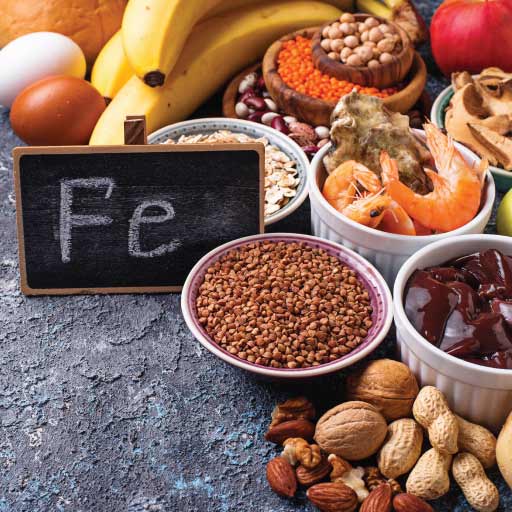
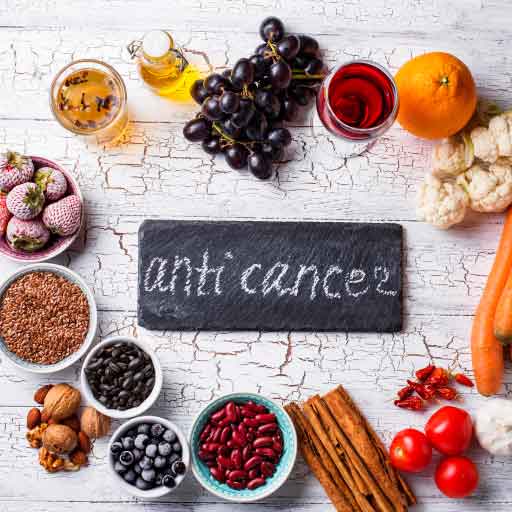
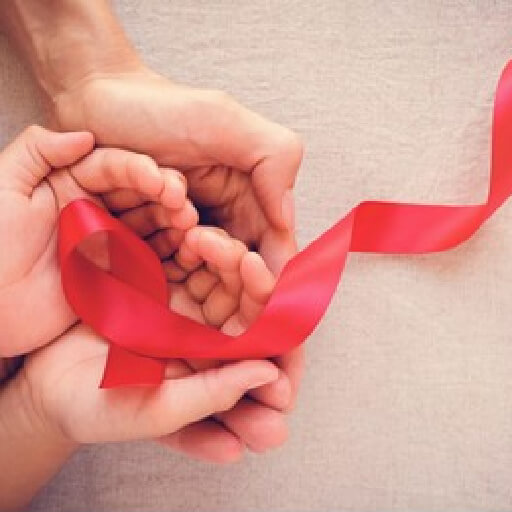
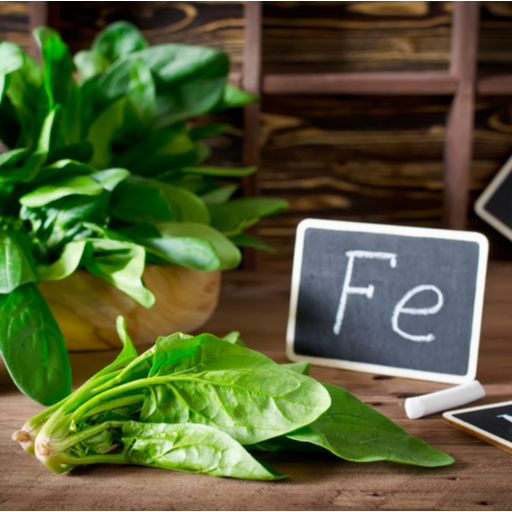




Excellent 👌👍.